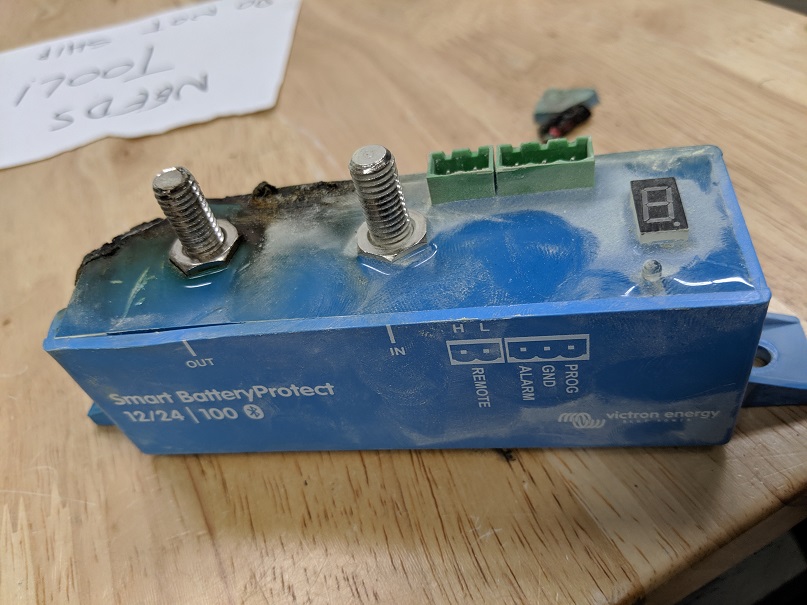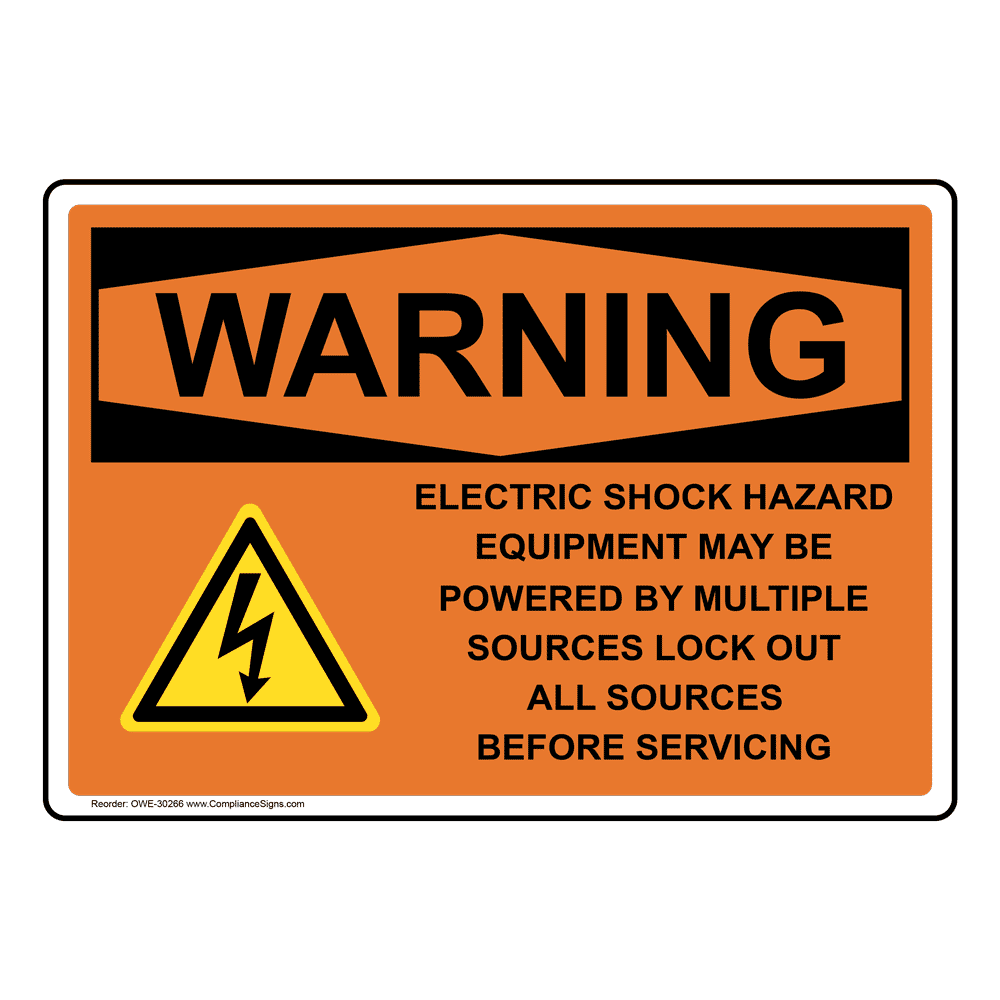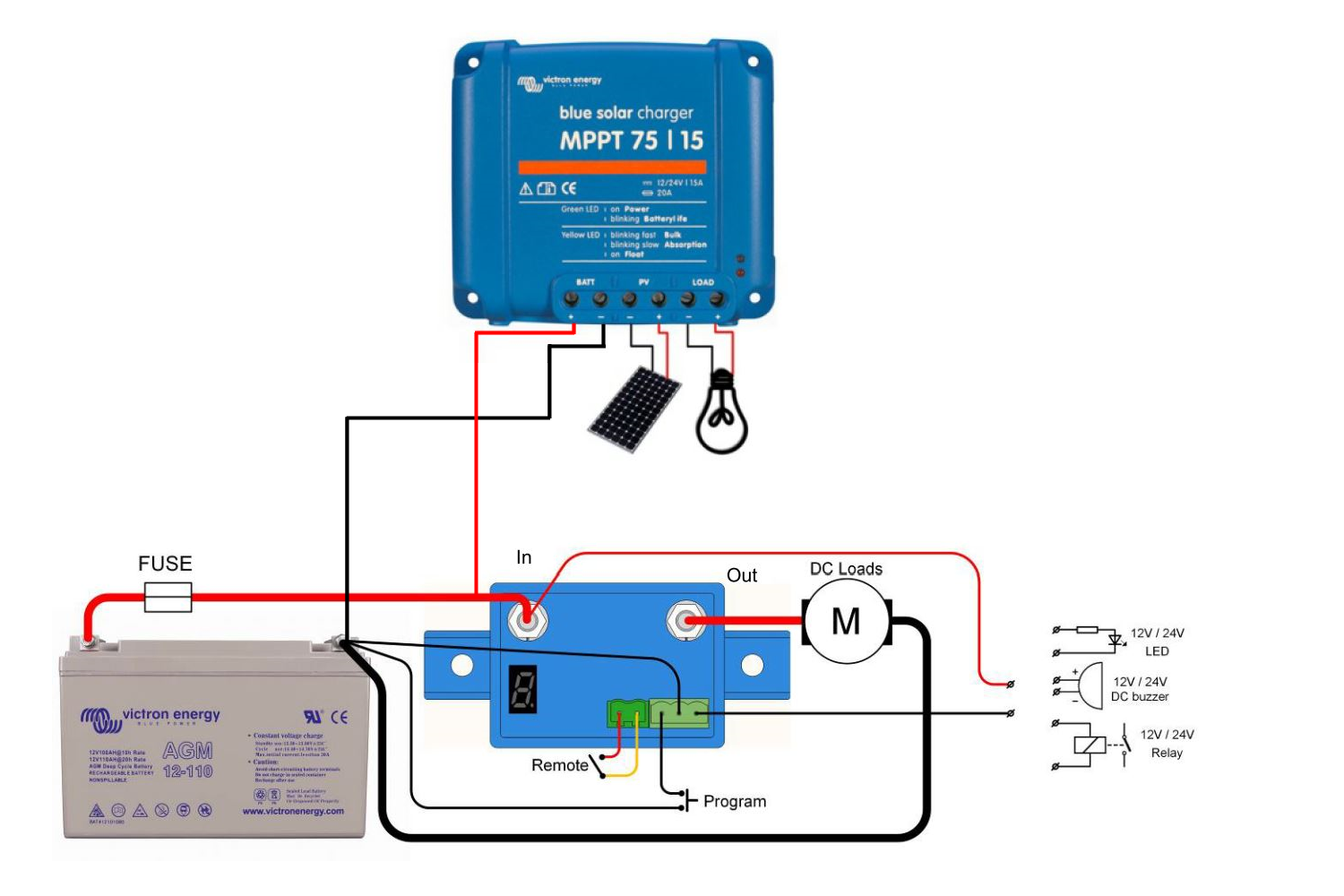
I am merely reposting a seemingly important issue discussed here: https://community.victronenergy.com/questions/2030/vebus-bms-with-2-battery-protect-alternative-layou.html
A BP100 caught fire with a 60AMP charging load to the battery and we are now told that all Battery Protect modules are only designed to allow current flowing from the battery to devices, no charging current is allowed to pass through a BP module into the battery.
Is this common knowledge or are you surprised as well?
EDIT ** I now see the caution listed by Victron at the very end of the manual beyond the setup diagram, not in the actual "Engligh" or any other foreign language instructions. Also the website now clearly states this issue on the listing page, which I do not remember seeing when I purchased mine 8 months ago. Thanks for the feedback**
This applies to all Battery Protect Modules and was confirmed by Victron staff in the following thread.


